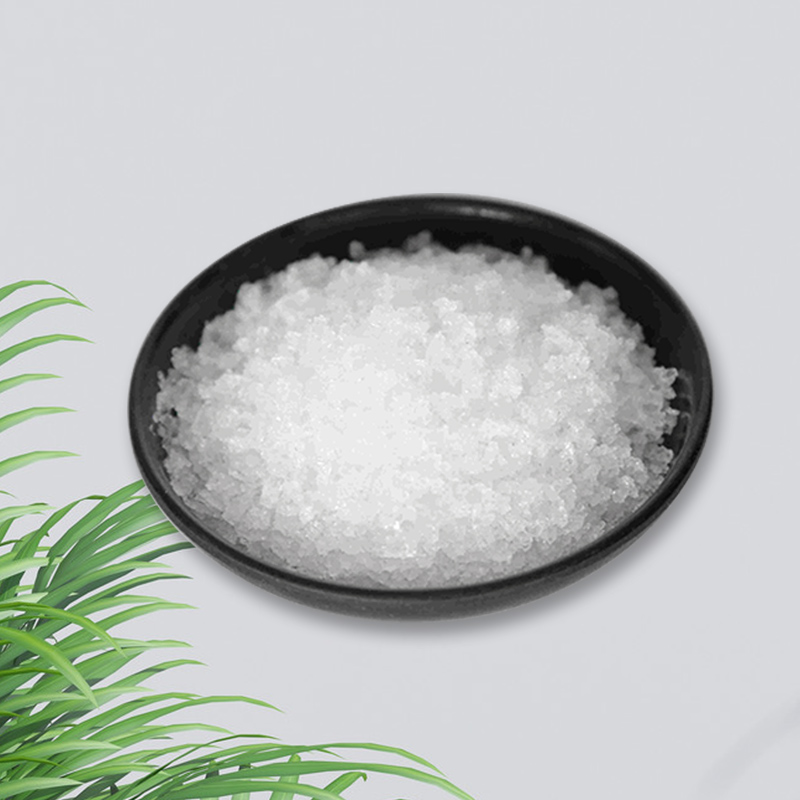Ferric Sulphate Overview
2024-06-18
Ferric sulphate is an inorganic compound commonly used in water and wastewater treatment, as well as in various industrial and laboratory applications. It is recognized for its effectiveness as a coagulant and flocculant, aiding in the removal of contaminants from water.
Production
Synthesis Process:
1. Raw Materials: Produced from iron and sulfuric acid.
2. Reaction: Iron or iron(III) oxide reacts with sulfuric acid to form ferric sulphate.
3. Purification: The resulting solution is purified and concentrated, typically by evaporation, to produce solid ferric sulphate.
Applications
1. Water and Wastewater Treatment:
- Coagulant: Used to coagulate and remove suspended solids and colloidal particles from water, improving clarity and quality.
- Phosphate Removal: Effective in removing phosphates from wastewater, preventing eutrophication in water bodies.
- Odor Control: Helps control odor by precipitating hydrogen sulfide and other malodorous compounds.
2. Industrial Applications:
- Pigment Production: Utilized in the manufacture of iron-based pigments for paints and coatings.
- Metal Surface Treatment: Used in pickling and metal surface treatment processes to remove rust and scale from iron and steel surfaces.
3. Laboratory Reagent:
- Analytical Chemistry: Employed in various analytical procedures and as a reagent for chemical synthesis.
4. Soil Amendment:
- pH Adjustment: Used in agriculture to lower soil pH and correct iron deficiencies in plants, enhancing nutrient availability and plant growth.
Safety and Handling
Hazards:
- Health Hazards: Can cause irritation to the skin, eyes, and respiratory system. Ingestion can lead to gastrointestinal irritation and more severe health effects.
- Environmental Hazards: Should be prevented from entering waterways to avoid potential environmental impact, as it can be harmful to aquatic life.
Handling:
- Personal Protective Equipment (PPE): Use gloves, safety goggles, and protective clothing to prevent direct contact.
- Ventilation: Ensure adequate ventilation in the work area to minimize inhalation of dust or fumes.
- Storage: Store in a cool, dry place away from incompatible materials like strong bases and oxidizing agents.
First Aid Measures:
- Inhalation: Move to fresh air and seek medical attention if symptoms persist.
- Skin Contact: Wash thoroughly with soap and water. Remove contaminated clothing.
- Eye Contact: Rinse immediately with plenty of water for at least 15 minutes. Seek medical attention if irritation persists.
- Ingestion: Rinse mouth with water and seek medical advice if discomfort occurs.
Regulatory Information
Classification:
- GHS Classification: May be classified as hazardous under the Globally Harmonized System of Classification and Labelling of Chemicals (GHS).
Labelling:
- Pictograms: Warning symbols indicating potential hazards.
- Signal Words: "Warning" to highlight the need for careful handling.
- Hazard Statements: Clear statements outlining the risks associated with the chemical.
Conclusion
Ferric sulphate is a versatile and widely used compound with significant applications in water and wastewater treatment, industrial processes, laboratory analysis, and agriculture. Its role as an effective coagulant and its usefulness in various applications make it an essential chemical. Proper handling, storage, and adherence to safety guidelines are crucial to ensure safe usage and prevent potential health and environmental hazards.



